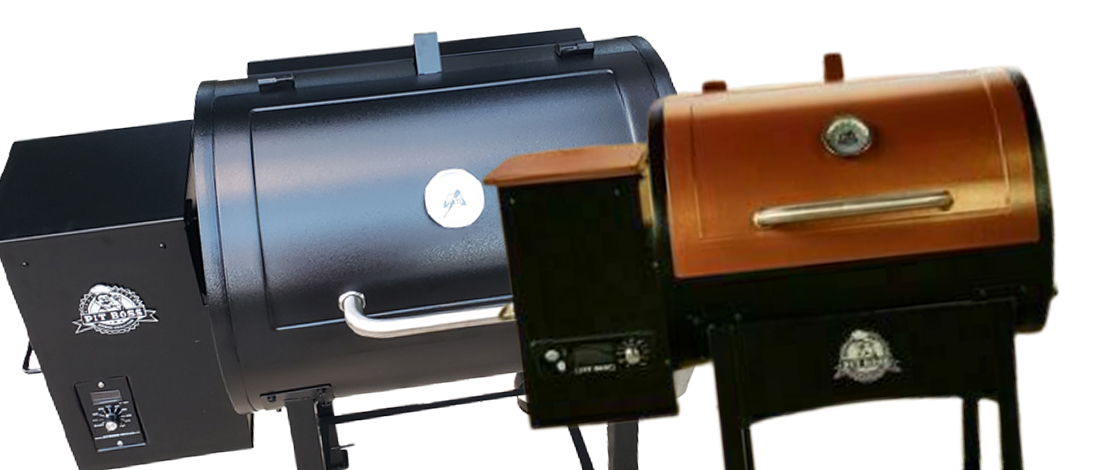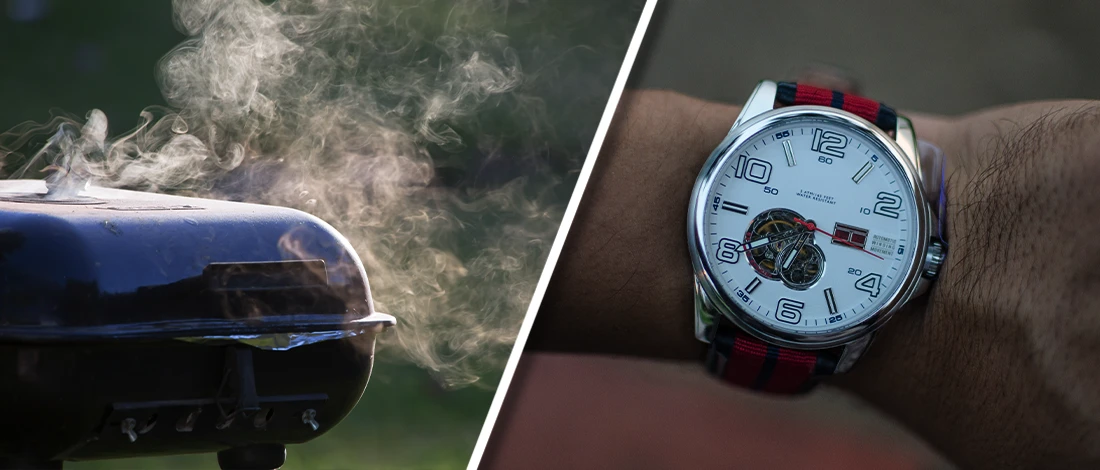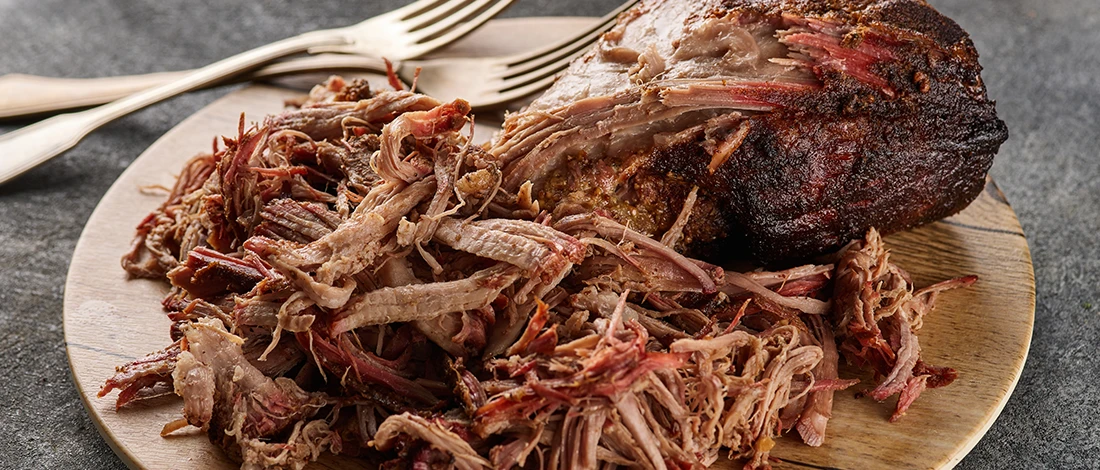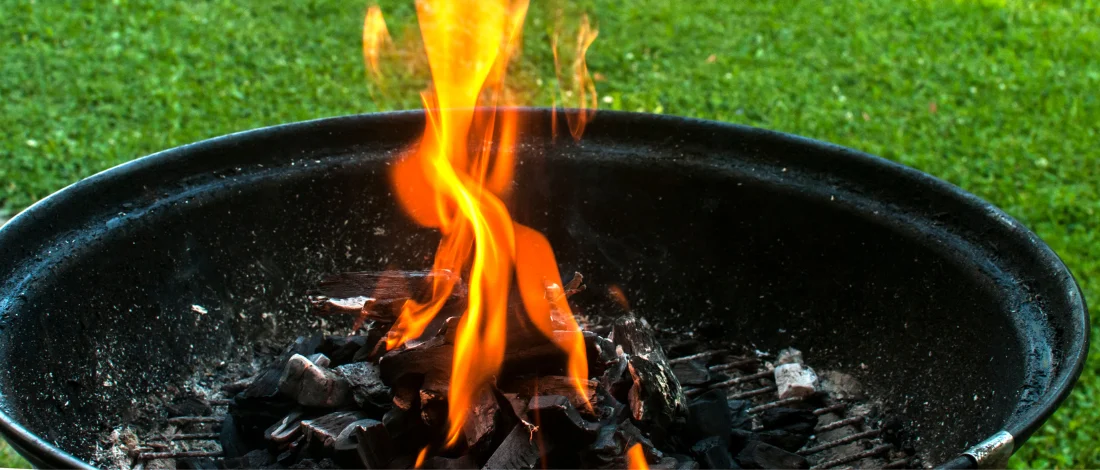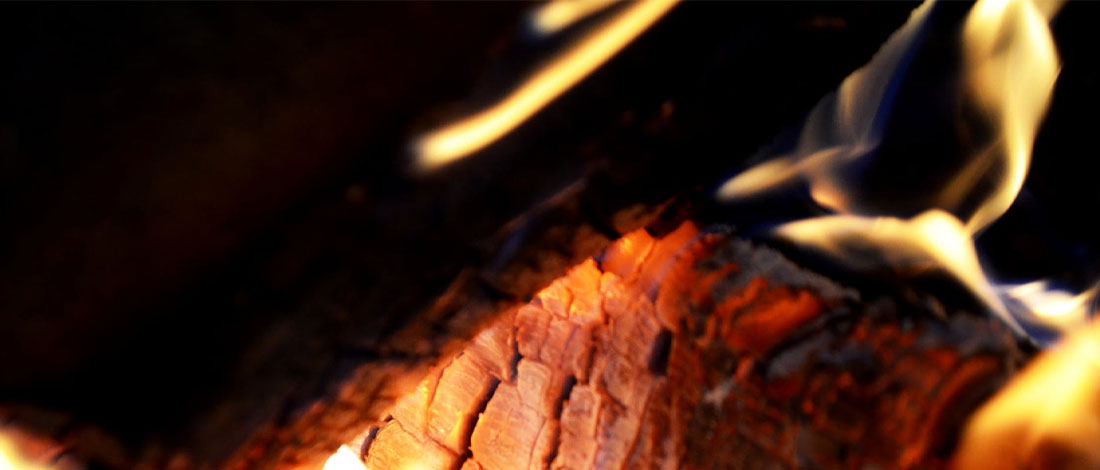As a meat enthusiast, I've encountered many friends who have difficulty checking meat for doneness. Most of them don't know the correct meat temperatures to look for when using a meat thermometer.
To help them out, I decided to research the perfect meat temperature chart and find other ways to check for meat doneness.
I'll summarize all my findings in this post. Read along.
Quick Summary
- Well-done meat is cooked to an internal temperature of 160°F or more.
- When cooking meat, a meat thermometer helps to check the internal temperature of the meat so that you eat meat that's safe and free from bacteria that can cause food poisoning.
- The different meat doneness degrees include; rare, medium rare, medium well, and well done.
A Proper Way to Use A Meat Thermometer
A meat thermometer is a tiny, prong-shaped instrument used to gauge the interior temperatures of proteins like meats.
To eliminate harmful bacteria and stop food-borne diseases, foods, including chicken, pork, and eggs, must achieve a minimum internal temperature.
And this is where a meat thermometer comes in to help you measure the internal temperature of the meat so you can know if it's well done and eat beef the right way.
Using an instant-read meat thermometer spares you from having to cut into the proteins, which can alter the flavor and texture of the meat.
Here's how to use a meat thermometer:
1. Test Out Your Thermometer First
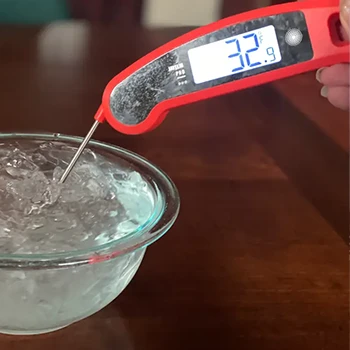
Please wait 20 seconds for the thermometer to register a reading after placing it in a container containing ice or cold water.
The thermometer is appropriately calibrated and ready for use if the display shows a temperature of 0 degrees celsius or 32 degrees Fahrenheit.
The calibration is likely off if the thermometer doesn't achieve this correct temperature, in which case you may need to recalibrate it per the user manual or get a new one.
2. Check Temperature While the Meat Is Cooking
When you take the meat out of the grill to check the temperature, the readout may be off.
Place the thermometer within the meat as it cooks on the heat source for an accurate reading. After taking the temperature of the meal, remove the thermometer.
3. Insert the Thermometer into the Meat's Thickest Portion
When checking the temperature of a big piece of meat, place the thermometer tip through the thickest section of the flesh, keeping the probe away from any bones, fat, or gristle.
Let the thermometer sit in the meat for around 15-20 seconds to allow the thermometer to detect the temperature. The recommended safe minimum temperature is recorded from the center of the food you're making.
4. Check the Temperature
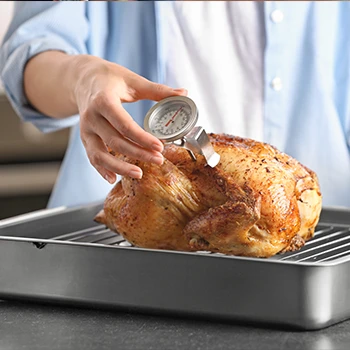
To establish whether your meal is cooked through, check the quick digital readout after checking the temperature with a digital thermometer.
If you are working with an analog thermometer, verify the reading by looking at the little hand on the dial of the display.
Continue cooking and checking the desired temperature of your grilled steak until it reaches the minimum recommended temperature standards if it hasn't already.
Meat Temperature Chart
| Meat Type | Temperature Chart |
| Beef |
|
| Poultry |
|
| Pork/ground pork | 145°F |
| Fish | 145°F |
| Ground meat/ground beef | 160°F |
| Lamb Meat |
|
Read More: Internal Temperature of Pork Pulled
Tips For Checking Meat Doneness

Before learning to check for the desired doneness, let's look at the different cooking degrees for meat.
- Rare: This is meat that hardly touches the flames. The center is vivid crimson as can be, velvety, and quite delicate. Once your palette gets used to it, you'll be shocked at how amazing it is. Also, the surface is chewy and burned to a light brown hue.
- Medium Rare: This meat has heated up more and is popular among top chefs. The tint is pinker, and the brown surface is hard and firmer. It'll spring back up if you push down on medium-rare steak.
- Medium: For medium-done meat, the pink color of raw beef becomes browner and more firm. All that heat has scorched the exterior turning it into a darker brownish color. It has that wonderful mouthfeel and feels incredible.
- Medium well: There's barely a smidgeon of pink remaining, and the texture has stiffened. The surface is now burned and more dark brown. It is less soft but more flavorful.
- Well Done: During the cooking process, well-done meat is a perfect steak that’s wholly browned. There are no longer any pink hues, and the surface is charred. There is no spring-like feeling left since this is well firm. Well-done meat gets a lot of flak, but for others, the crunch is what defines their meat.
Now that you know the different degrees of meat doneness, here's how to check for it:
1. Use A Thermometer
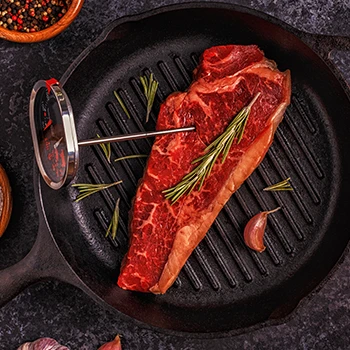
A food thermometer is the most reliable and safe way to evaluate meat and egg dishes for doneness.
Use our guide to place the thermometer correctly and read the correct internal temperatures.
You’ll know your meat is properly cooked when the safe temperature correlates to the USDA meat temperature chart.
2. Check the Juice Color
If you're roasting a large piece of steak, insert the fork into the thickest part of the meat. It's done when you see clear juices flowing. Also, if you're working with poultry meat, you can wiggle the thigh, which should be loose for fully cooked meat.
If you're cooking tiny pieces of meat (chicken breast), use a knife to cut through the thickest section. If the fluids flow clear, the chicken is cooked through, and you can safely serve and enjoy.
3. Use Your Eyes

You can use your eyes can to verify the doneness of meat. Steak, pig, chicken, and turkey breasts, for example, might seem cooked on the exterior but be chilly and raw on the inside.
If any of your meat seems burned or golden on the surface but has the same size and shape as when you started, it most certainly needs additional cooking time.
Once you see the size of the meat start to shrink and get firm, you know it's cooking well and getting close to your desired doneness.
4. Poke It
If you don't have a thermometer and are cooking steak, you may use your fingertips as a measurement instrument.
With a bit of practice, the "poke test" gives a fast way to evaluate meat for doneness.
You may estimate how much meat has been cooked by contrasting the tension in the fleshy portion of your hand at the base of your thumb to the tension you detect as you push your index finger into the middle of the piece of meat.
Related Articles:
FAQs
What Are The Cooking Internal Temperatures For Meat?
The cooking internal temperatures for meat are 160°F for well-done beef and lamb and 145 °F for poultry meat.
What Meat Temperature Is Medium?
140 °F - 145 °F meat temperature is medium for beef or steak dishes.
Is Beef Safe at 120 Degrees?
Yes, at 120 degrees, meat is safe for people who love eating meat, but that's rare.
Can You Eat Meat at 130 Degrees?
Yes, you can eat meat at 130 degrees as it's within the rare-done range.


